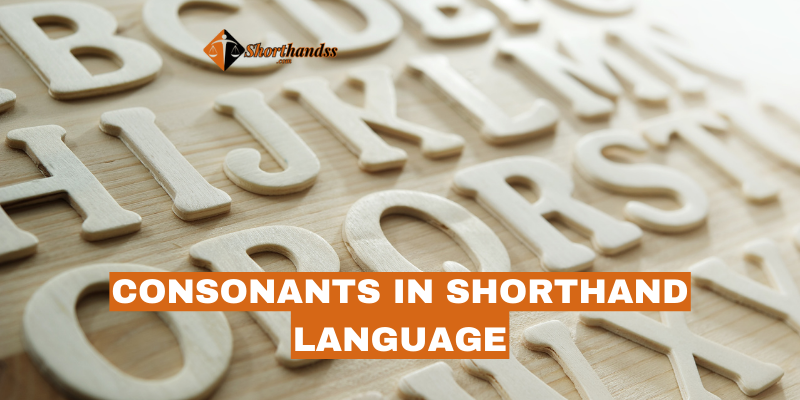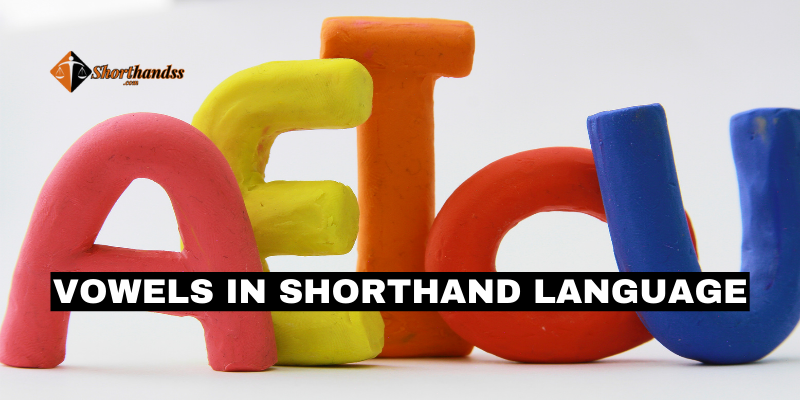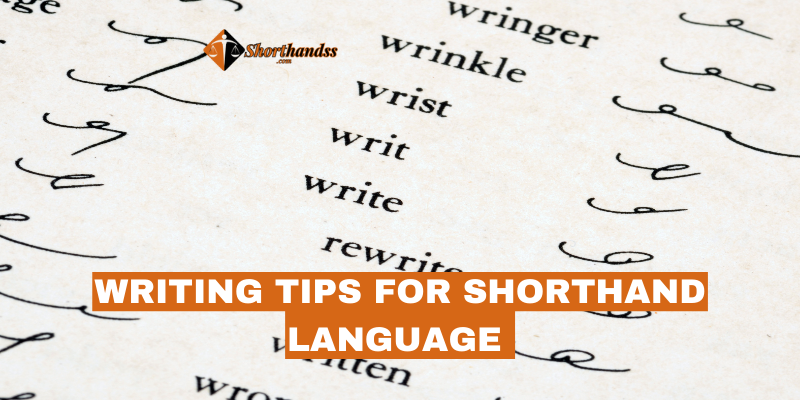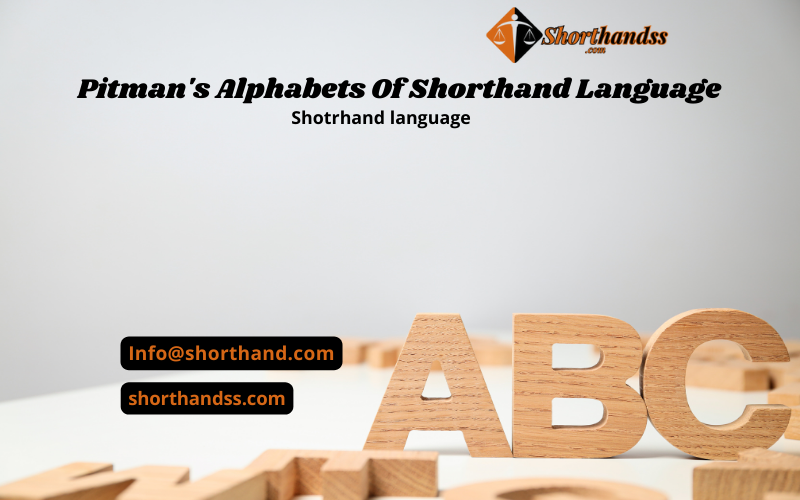Short Hand Language Sounds
Pitman’s Shorthand is an art of representing spoken sounds in a written form. In Shorthand, we hear different types of sounds. Pitman’s shorthand provides us different symbols for each sound. These symbols represent different sounds. Each symbol is different from other symbols. There are three types of symbols used in shorthand language. The first type of symbol in shorthand is called outline or alphabet. The second symbol used in shorthand is called vowels and the third type of symbol is called diphthongs. Pitman’s Short provides a way of representing every sound of English words.
We use shorthand writing for every sound and every language. But the most common language that used for shorthand writing is English. In the modern world, English is used in countries and every part of the earth. Due to this most people use shorthand writing for the English language. It is the most effective language and easy in converting and writing. The Sounds heard in the English language are, in Pitman’s shorthand divided into three parts.
- Consonants.
- Vowels.
- Diphthongs.
Consonants in Shorthand language
The alphabet of Pitman Shorthand is called Consonants. It is also known as Strokes or Outlines. There are 24 Consonants or Strokes in Shorthand. Three types of strokes are used in shorthand. In Shorthand Language some strokes are written downward and some strokes are written upward and some are written forward. The basic strokes of Shorthand language are written downward and all these strokes are written straight. In the middle, some strokes are written in a curve shape and written downward.
The last strokes in shorthand language are written forward in which some strokes are written straight forward and some are written straight but in a curve shape. The length of consonants in Pitman’s Shorthand is one-third of the line. In certain cases, strokes are paired because of their similarity of sound. Then we use light strokes for light sounds and heavy strokes for heavy sounds. In Shorthand, we write strokes above, on, and through the line.

Vowels in Shorthand Language
Vowel is the main thing in shorthand The second symbol that is used in representing sound in shorthand language is called vowels. There are 12 Vowels in Pitman Shorthand. Vowels are represented by dots and dashes written alongside consonants or strokes. Vowels some dots and dashes are written light and some are written heavy. In Pitman’s Shorthand strokes are divided into three places due to vowel sounds. There are three places of strokes in Shorthand Language. In consonants where the stroke begins is called the first part place or the first part of the stroke and the middle part of the stroke is called the second place or middle part of the stroke Where the stroke end is called the third place of the stroke or end part of strokes.
Therefore four vowels are written in the first place and four vowels are in the middle of the strokes and the last four vowels are written in the end of the strokes or third place. This division of vowels is based on vowel sounds. First-place vowel produces a different sound from the second and third place. In simple all three places vowels have different sounds from each other. When a vowel comes before a consonant, It is placed before the strokes (left side). When vowels come after consonants its is placed after the strokes (Right Side). If vowels come before horizontal consonants it is placed above the strokes (Above). When a vowel comes after horizontal strokes. It is placed below the horizontal strokes (Below).

Pitman’s Diphthongs
In Pitman’s Shorthand writing the third basic thing is called Diphthongs. These diphthongs consist of consecutive vowels. When two consecutive vowels join each other then it makes one diphthong. There are four double vowels used in Shorthand. Diphthongs are also called additional vowels. Two diphthongs placed in first place and two diphthongs placed in third place. No diphthongs in second place. Diphthongs are represented by an angular mark written as (^). Diphthongs and vowels are written in the same positions but in some cases we join diphthongs with strokes.
Writing Tips for Shorthand Language
There are five basic things that you must keep in mind while writing Pitman’s Shorthand Language—the difference between light and heavy strokes. In Shorthand, some strokes are written in the same direction and position. Due to this heavy and light concept is very important. The size of all strokes written should be equal. The length of strokes must be 1/3 of the Urdu line because some strokes are halved in each other for T and D. So the length of strokes is the second most important thing in Shorthand language. Avoid overwriting. In each Shorthand language, every symbol represents a sound due to avoid overwriting. in Shorthand will be written in single-line copy. Use a soft pen or a pencil for shorthand writing. Always write the strokes in a fixed order.

For shorthand-related jobs:- Latest Steno Typist Job Islamabad 2023

